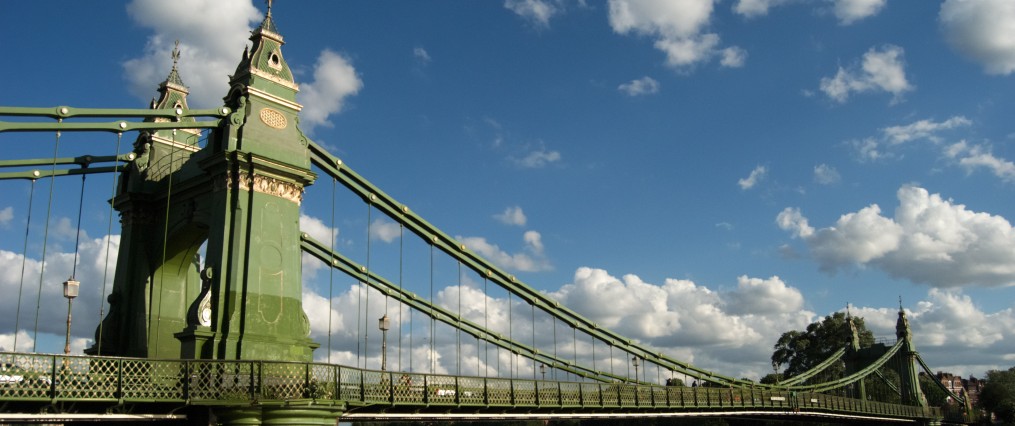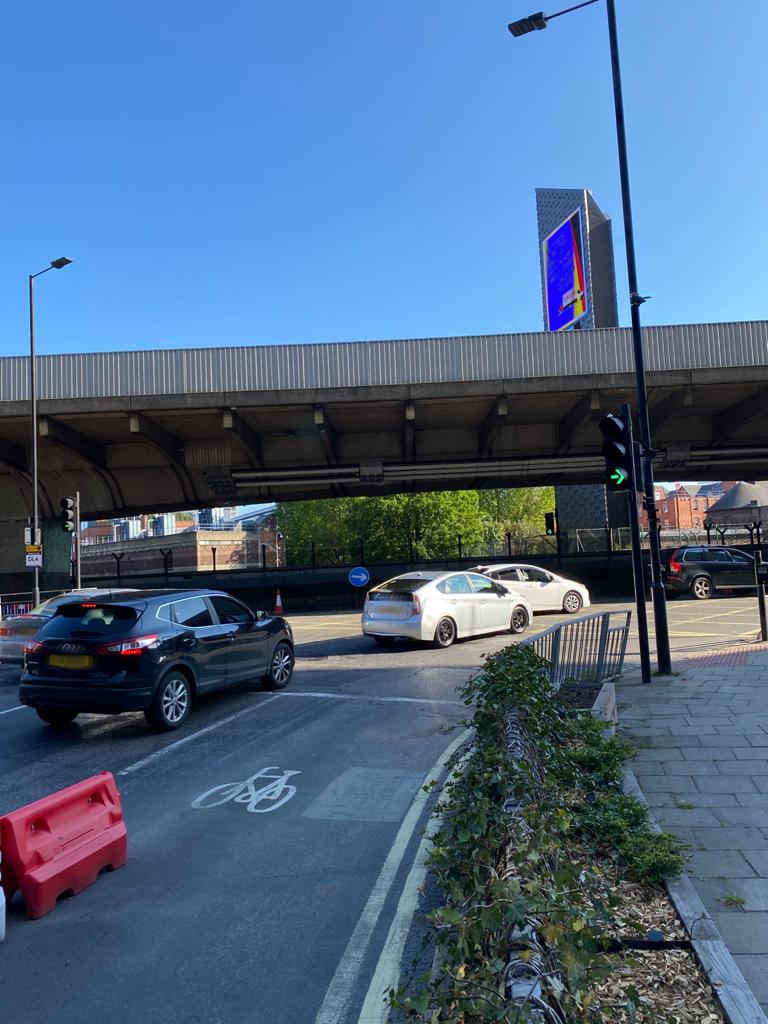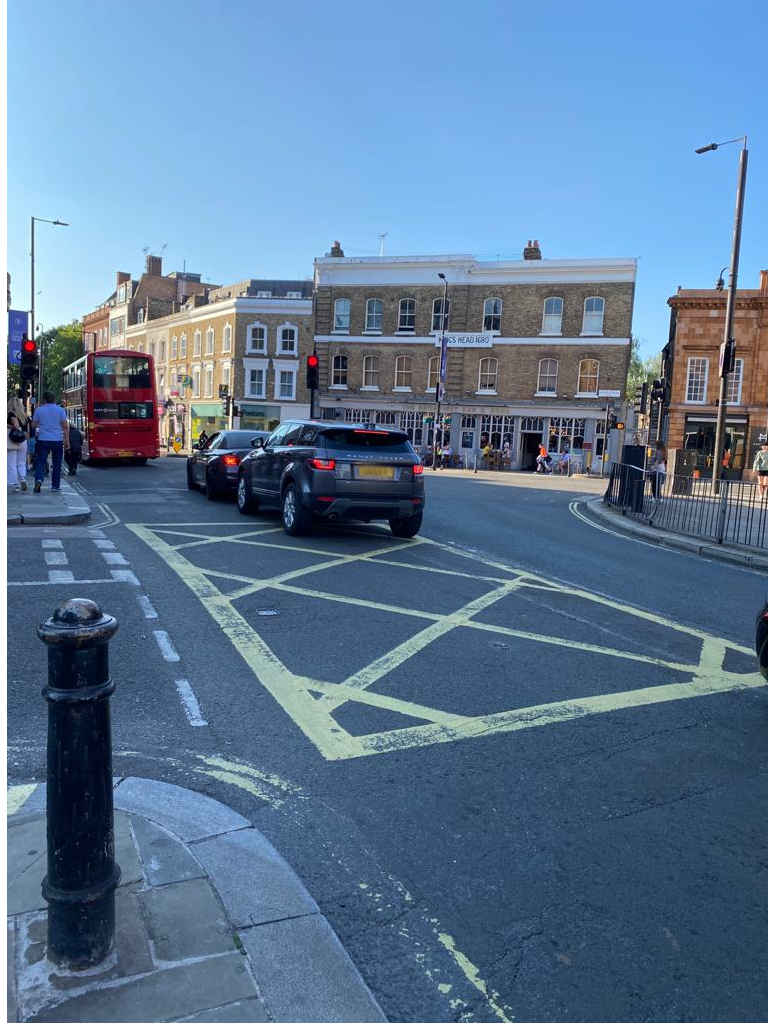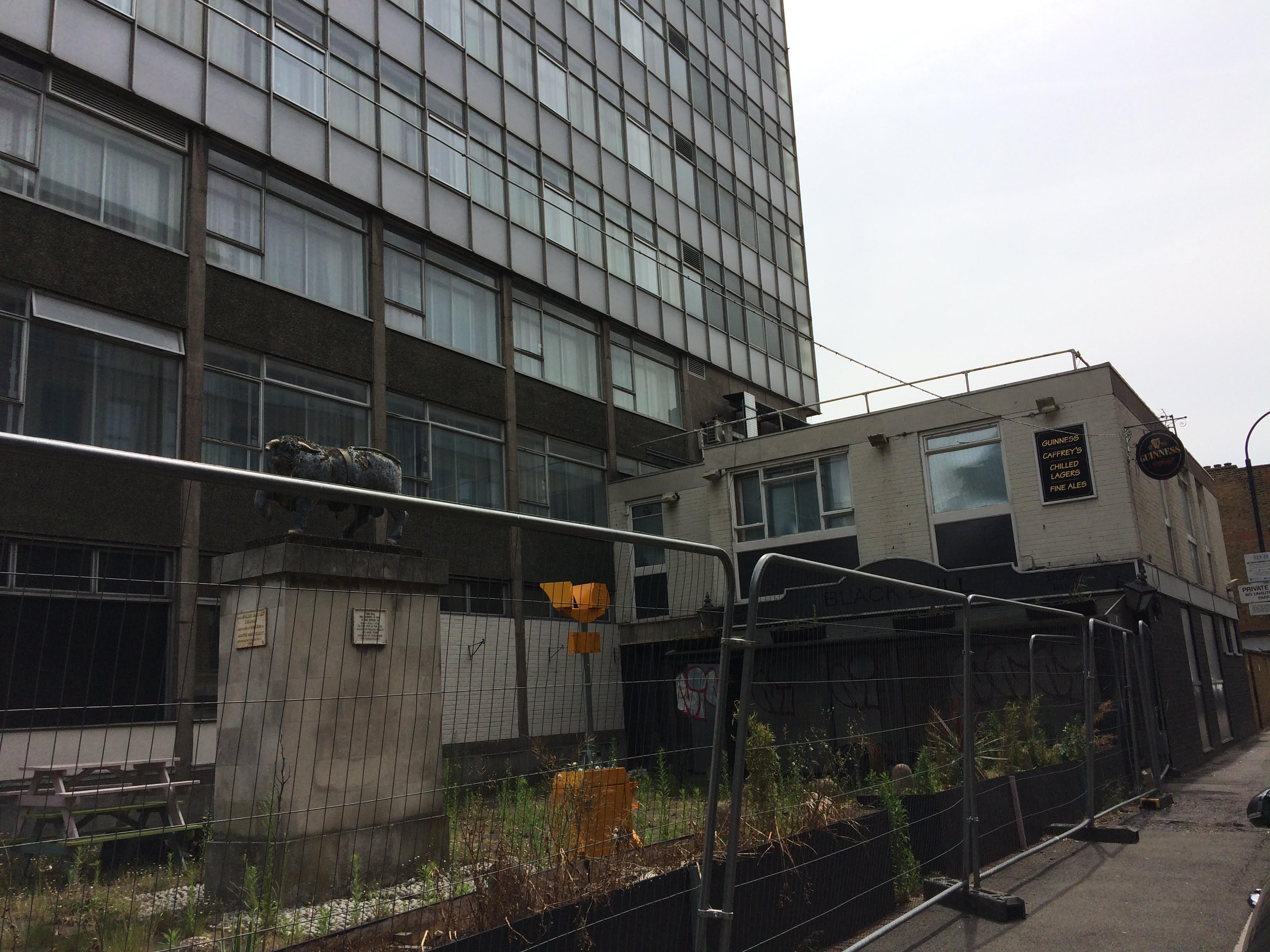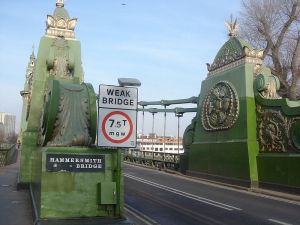Stephen Greenhalgh writes
Hammersmith & Fulham is a beautiful residential borough defined by the Thames at its southern and western border. However, it would be helpful if Londoners could cross it once in a while. Instead, we now face 6 miles of uncrossable water. Hammersmith Bridge, owned by the council has been shut to motorised traffic including buses and ambulances for nearly 3 years. The Labour council leader is a talented storyteller and has concocted a work of fiction on the LBHF website that absolves his administration of all blame and instead has tried to blame the previous Conservative council despite a statement on the 2nd September 2016 that “it remains the case that there are NO issues concerning the structural integrity of Hammersmith Bridge under its current weight restriction.”
The reality is that this Labour council is largely responsible for the Hammersmith Bridge omnishambles: The Labour Council did not do their bit in properly maintaining the bridge and lost the expert officer expertise since the collapse of Triborough and Biborough collaboration which was a grotesque act of municipal vandalism on their part. It is also clear that the Labour Council’s political leadership have not made the reopening the bridge to cars and buses a political priority. The council do not care about the traffic gridlock in west London but see it as a way of stopping cars coming into their borough and making Hammersmith Bridge open only to pedestrians and cyclists. The council has refused to supply engineering reports for which we as residents have paid and refusing to share information with the opposition. The most recent is the Denton report is one along with the top secret structural engineering reports of 2014/15.
Added to this the Mayor of London has bankrupted TfL so that TfL cannot afford to pay for infrastructure works and Mayor Khan dissolved the London Bridges fund in 2016 to spend the money on other Mayoral pet projects. Dealing with Mayor Khan’s TfL was also frustrating. They insisted on repeating the bridge assessment work and cost estimates that we had done even though we had used a reputable consultant who had amassed a huge amount of structural data. They also insisted on continuing to run increasing numbers of heavier hybrid buses over the bridge.
The council still hasn’t agreed a costed plan to remediate the bridge fully. Instead the council has plucked a figure out of the air to carry out much needed stabilisation works so pedestrians and cyclists are able to use the bridge at the very least. The reality is that is the Transport Secretary Grant Shapps and the Roads Minister, my colleague in the Lords, Baroness Vere, Chair of the government’s Hammersmith Bridge Task Force, who have had to step in to sort this mess out. The Labour council wouldn’t even have had Hammersmith Bridge re-opened to pedestrians and bikes had the government not intervened and funded 2/3rds of the costs as well as pledging 2/3rds of the costs of its planned restoration and full re-opening by both funding 1/3rd directly and providing another 1/3rd to TfL.
It is the Conservative government that has insisted that the council fully re-open the bridge. All concerned have found the Labour council leader and H&F council a nightmare to deal with. Meanwhile, our main and local roads have become clogged up as a result whilst residents face another slap in the face with parking charges now rivalling the West End with hikes to between £5 and £6 an hour – up from £2.20 or £2.80. The streets and the parks are beginning to look scruffy and fly tipping has become endemic.
